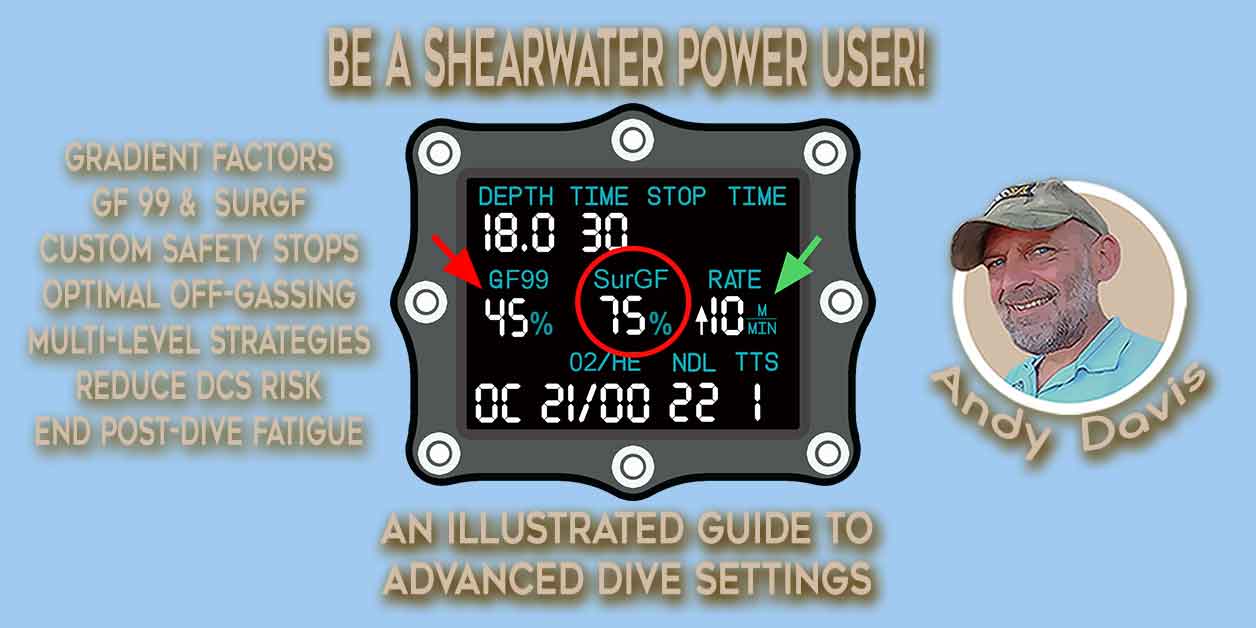May I ask a wider question... OK then...
Do many others here have a fascination for SurfGF?
I find the GF99 to not be that useful as it's intrinsically related to the ceiling and is also visible in the bar chart on the Shearwaters. For me, the SurfGF is very much related to your overall gas loading and gradually reduces as the decompression progresses. It's sort of an indication of how "bent" you would be if you had to go to the surface NOW! For example, consider if someone else needed your help ascending; a glance at the SurfGF would help that decision. If you've over 200% then basically it's no-can-do. If it's 120 to 100% then how do I feel and I'd probably go up and breathe O2 for a while and take it easy.. If it's 90% or below then OK.
Or is that too simplistic?
Do many others here have a fascination for SurfGF?
I find the GF99 to not be that useful as it's intrinsically related to the ceiling and is also visible in the bar chart on the Shearwaters. For me, the SurfGF is very much related to your overall gas loading and gradually reduces as the decompression progresses. It's sort of an indication of how "bent" you would be if you had to go to the surface NOW! For example, consider if someone else needed your help ascending; a glance at the SurfGF would help that decision. If you've over 200% then basically it's no-can-do. If it's 120 to 100% then how do I feel and I'd probably go up and breathe O2 for a while and take it easy.. If it's 90% or below then OK.
Or is that too simplistic?





